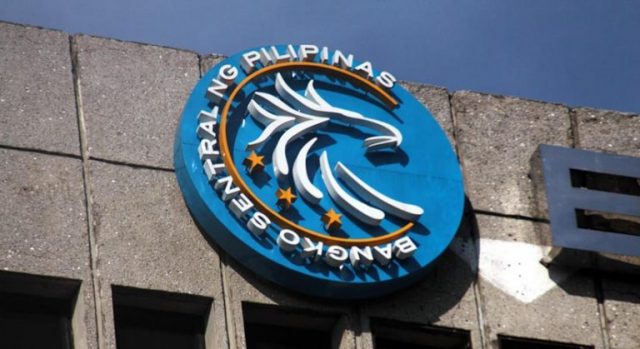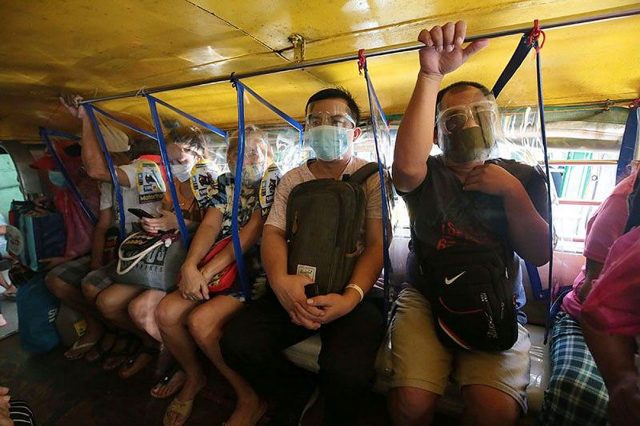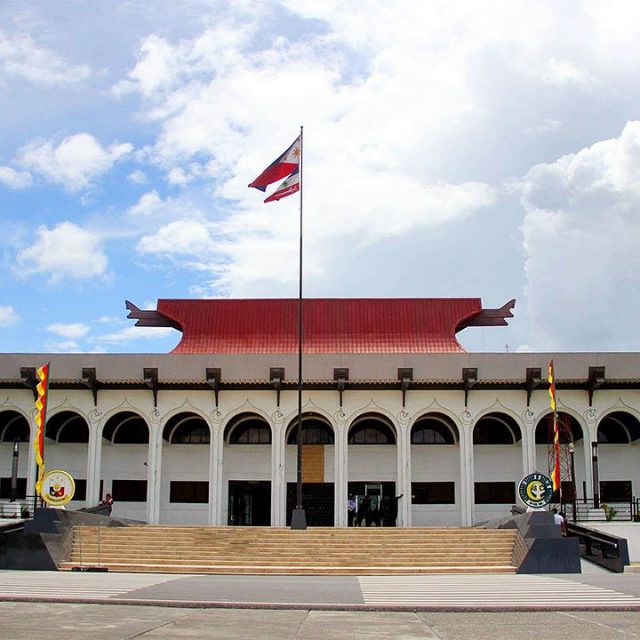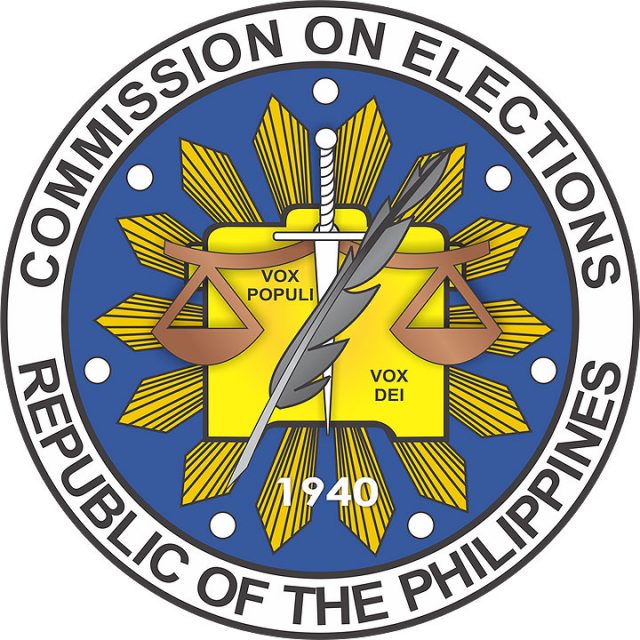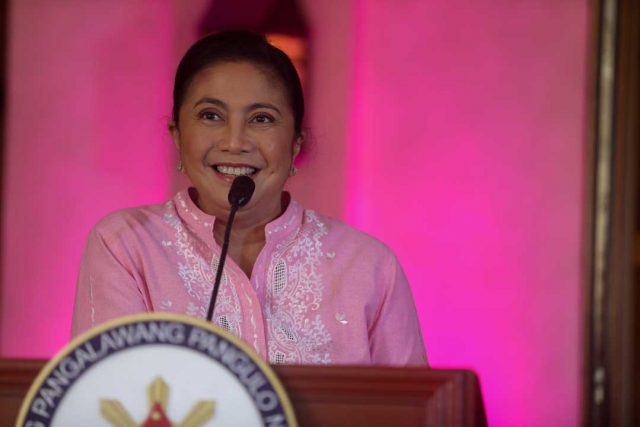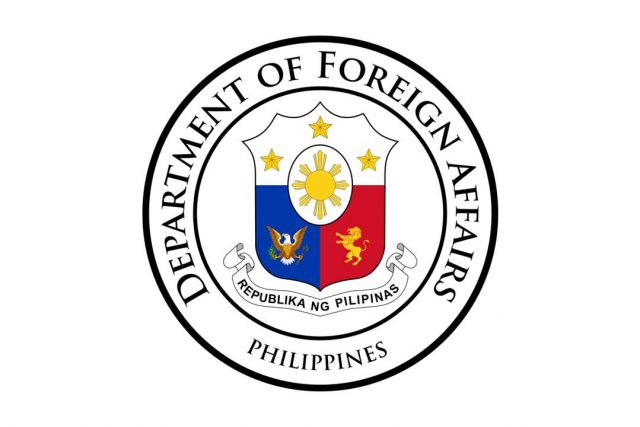Public transport capacity increasing starting Nov. 4
Metro Manila will remain under Alert Level 3 until Nov. 14, the Palace said on Friday, even as coronavirus infections in the country continue to drop.
“This is to ensure that the opening of the economy is done gradually,” Palace spokesman Herminio L. Roque, Jr. Said at a televised news briefing.
The decision was made amid expectations in the private sector and the Interior and Local Government department that Metro Manila would be downgraded to Alert Level 2.
In a related development, Mr. Roque said the pandemic task force also approved the recommendation of the Transportation department to allow the gradual increase of passenger capacity in public transportation for road-based and rail transportation plying Metro Manila and its adjacent provinces from 70% to full capacity starting Nov. 4.
The government started enforcing granular lockdowns with five alert levels in the NCR after the country struggled to contain a fresh spike in infections triggered by the highly contagious Delta variant.
PUBLIC TRANSPORT TO INCREASE
In a related development, the Department of Transportation (DOTr) said it will gradually increase the passenger capacity of public transportation in Metro Manila starting next week.
“The [DOTr] will implement a gradual increase in passenger capacities for public road-based and rail transportation plying the National Capital Region (NCR) and Metro Manila Urban Transportation Integration Study Update and Capacity Enhancement Project area from 70% to full capacity beginning on [Nov. 4],” the department said in a statement on Friday.
Transportation Assistant Secretary Mark Steven C. Pastor said this development, along with the P1-billion cash aid from the government, would help public utility vehicle (PUV) drivers.
The government’s pandemic task force supported the department’s proposed plans to increase the capacity for public transportation in the areas covered by its NCR MUCEP study through a month-long pilot implementation.
Now under Alert Level 3, Metro Manila now has more businesses open. The department said this “resulted in greater demand for public transport.”
The increased vaccination rate in the NCR of 81.4% also prompted the increase in capacity for public utility vehicles (PUV), the department said.
“The DOTr, through its relevant attached agencies, will issue the necessary memoranda to execute the IATF approval on the gradual increase in passenger capacity in road and rail transportation, while implementing strictly health and safety protocols to help prevent the spread of COVID-19 (coronavirus disease 2019),” the department said.
4,043 NEW CASES
Philippine health authorities reported 4,043 new coronavirus cases on Friday, bringing the total since the pandemic started to nearly 2.8 million.
The death toll rose to 42,621 after 44 more patients died, while recoveries increased by 3,224 million to nearly 2.7 million, the Department of Health (DoH) said in a bulletin.
The agency said there were 50,630 active cases, 74.1% of which were mild, 10.71% were moderate, 6.5% were asymptomatic, 6.1% were severe, and 2.6% were critical.
The health agency said the intensive care unit occupancy rate in the entire Philippines and in Metro Manila was 50% and 41%, respectively.
The DoH said 30 duplicates were removed from the tally, 28 of which were reclassified as recoveries.
INVESTIGATIONAL DRUGS
Also Friday, Health Undersecretary Maria Rosario S. Vergeire said the government will soon allow hospitals to purchase COVID-19 investigational drugs that are already approved for urgent use in the country.
“We will release an administrative order for investigational drugs that we are using for COVID-19 because usually, it is the Department of Health that has an emergency use authorization for these drugs,” she said at a virtual news briefing.
“We are now delegating this authority to procure to hospitals so they can immediately use these investigational drugs,” she added. “We are just waiting for the order to be signed.”
Tocilizumab, Remdesivir, and Baricitinib are among the investigational drugs already being used in the country for coronavirus patients.
An additional supply of Tocilizumab might arrive in the country by the second week of November, Ms. Vergeire said.
Philippine drug regulators have already approved the “compassionate use” of Molnupiravir, the first oral antiviral drug for the treatment of coronavirus patients, for 31 hospitals. Earlier this week, local importer MedEthix, Inc. said the drug will be available in the country next month.
ALERT LEVEL 3 IN SELECT PROVINCES, CITIES
The alert level system, first tested in the capital region, will be expanded to more areas starting Nov. 1.
Other areas in Luzon, such as Bataan, Cavite, Laguna, and Rizal, will also be placed under Alert Level 3.
Iloilo City and Siquijor in central Philippines, and Lanao del Norte, Davao City, and Davao del Norte in Mindanao will also be placed under the same alert level.
Baguio City was included as an area for special monitoring and shall also be placed under Alert Level 3, the Palace said.
Angeles City, Bulacan, Nueva Ecija, Olongapo City, Pampanga, and Tarlac in Central Luzon will be placed under Alert Level 2, as will Batangas, Quezon Province, and Lucena City in Southern Tagalog.
Also under Alert Level 2 are Aklan, Antique, Capiz, Guimaras, Iloilo, Negros Occidental, Bohol, Cebu City, Lapu-Lapu City, Mandaue City, and Cebu Province in central Philippines.
Meanwhile, Aurora, Bacolod City, Negros Oriental, and Davao Occidental will be placed under Alert Level 4, the strictest level.
Mr. Roque said the country’s pandemic taskforce also approved the risk-level classifications for provinces, highly urbanized cities, and independent component cities that are not yet included in the expanded implementation of the Alert Level System.
Mountain Province, Catanduanes, and Zamboanga City will be placed under a modified enhanced community quarantine (the second strictest quarantine level) from Nov. 1 to Nov. 15.
Abra, Cagayan, Isabela, City of Santiago, Nueva Vizcaya, and Quirino under a general community quarantine (GCQ, second to the most lenient) with heightened restrictions from Nov.1 to Nov. 30.
Placed under GCQ for the whole month of November are Ifugao, Benguet, Apayao, Kalinga, Ilocos Sur, Dagupan City, Batanes, Occidental Mindoro, Oriental Mindoro, Puerto Princesa, Palawan, Albay, Naga City, Camarines Norte, Tacloban City, Zamboanga Sibugay, Zamboanga del Norte, Zamboanga del Sur, General Santos City, Sarangani, North Cotabato, South Cotabato, Agusan del Norte, Agusan del Sur, Surigao del Norte, Surigao del Sur, Butuan City, Dinagat Islands, Cotabato City, and Lanao del Sur.
All other areas not mentioned would be placed under a modified GCQ for the whole month of November. — Kyle Aristophere Atienza and Keren Concepcion G. Valmonte



